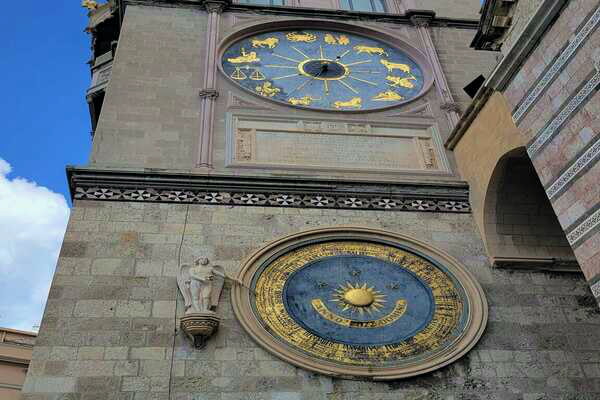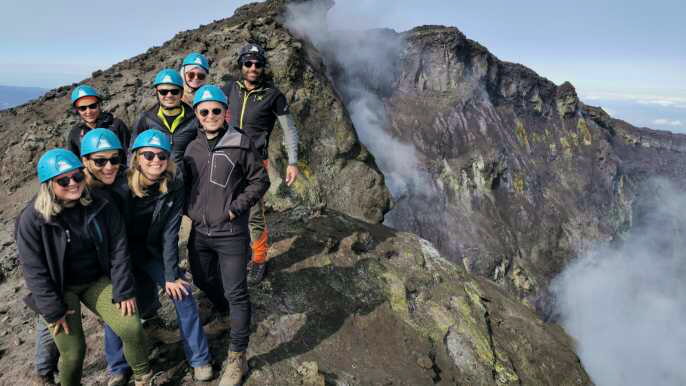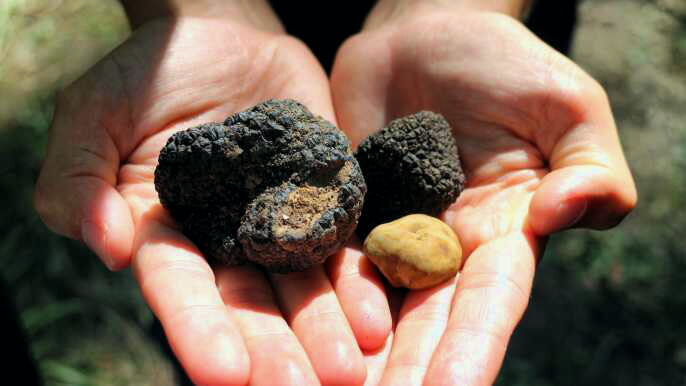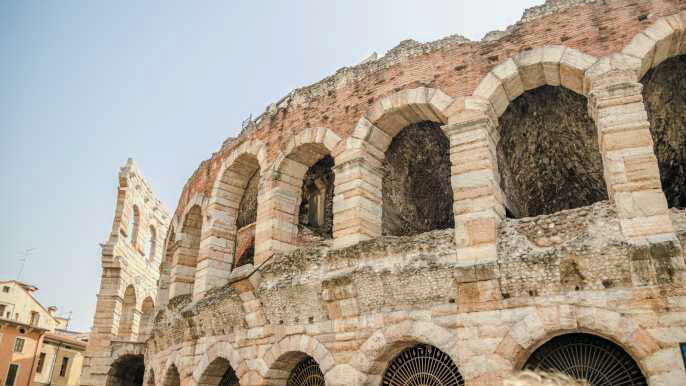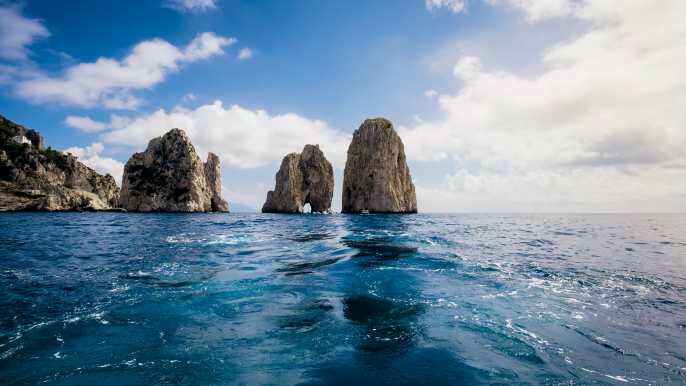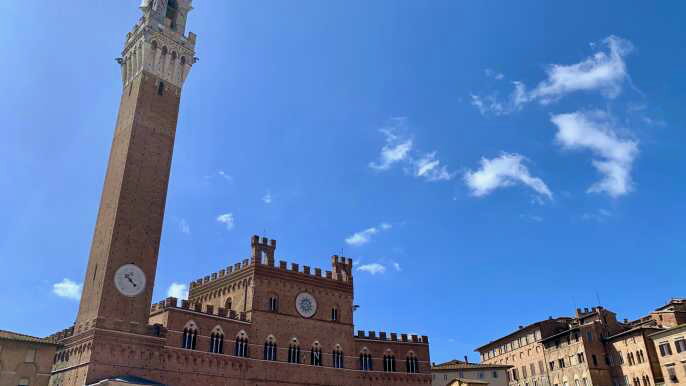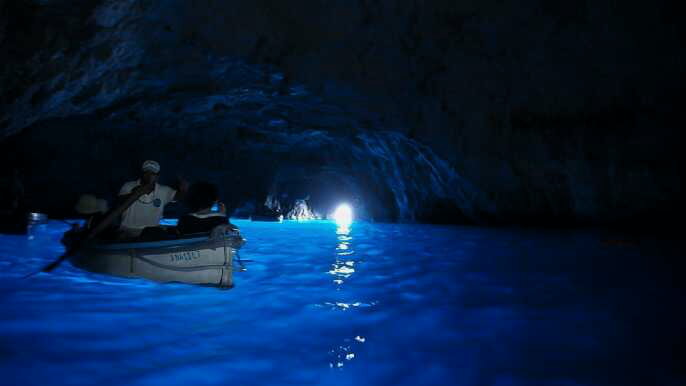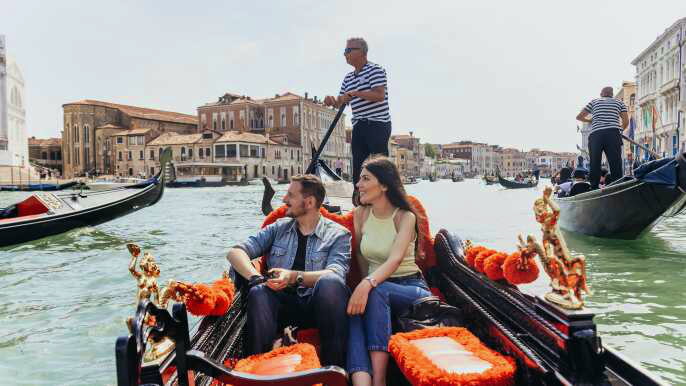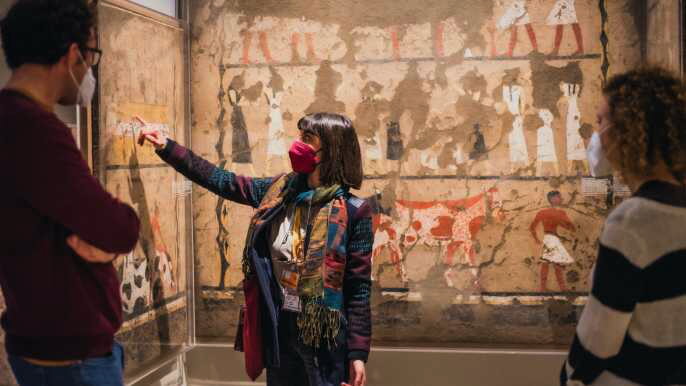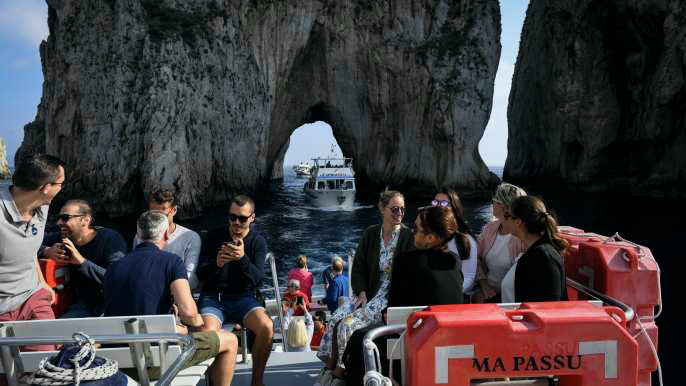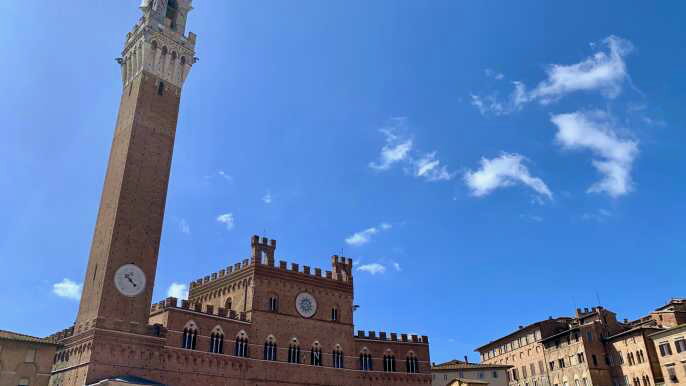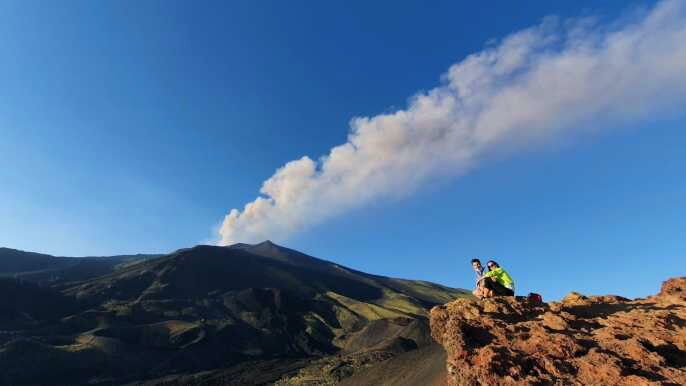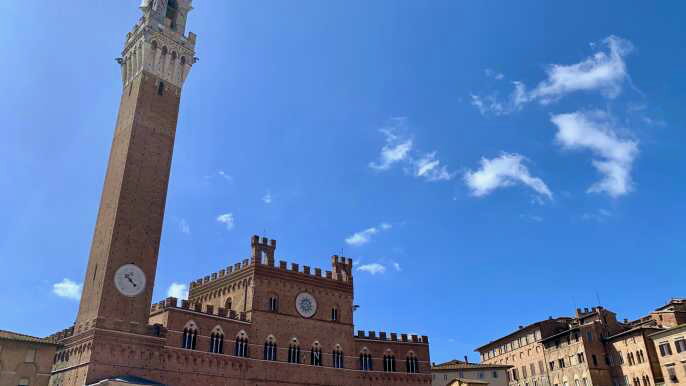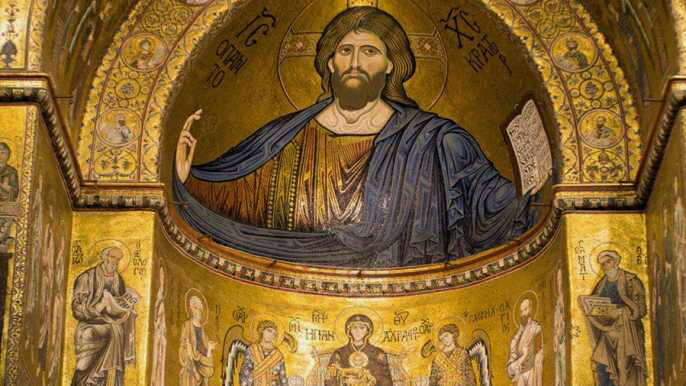Located on the east coast of Sicily, Messina is separated from mainland Italy by the Strait of Messina. The city is known for its Gothic cathedral, which features a Gothic portal and 15th-century windows. Its bell tower is topped by an astronomical clock.
Bell Tower
Located near Messina Cathedral, the Bell Tower is one of the city's most famous attractions. The tower features the world's largest mechanical clock. It also contains one of the world's most famous astronomical clocks.
The bell tower was built by the Ungerer company of Strasbourg in 1933. It has 48 meters of clock and a 12-meter pinnacle. Visitors can climb the tower and view the internal mechanism. There is also a planetarium on the lower level.
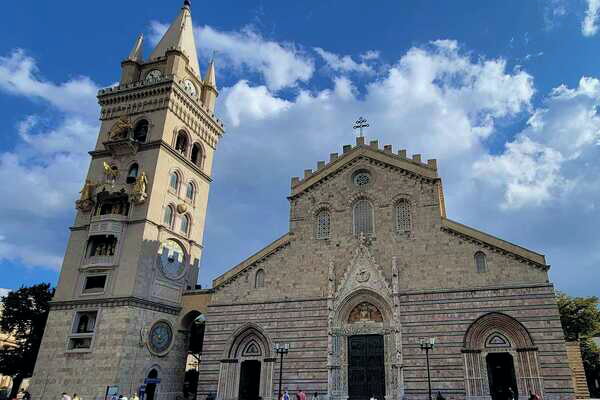
The astronomical clock in Messina is one of the most complex clocks in the world. It governs the movement of the gilded figures that line the facade. It was commissioned by Archbishop of Messina Angelo Piano in 1930.
At noon, the clock puts on a show. The clock depicts Messina history. It is a great way to teach history to children.
The bell tower also displays biblical scenes, which are linked to Messina's history. Depending on the liturgical year, the scenes change. Some scenes are displayed during Easter, Pentecost, and the Nativity.
Messina's bell tower has a 12-minute show that is accompanied by music. This is the most famous show in the city. The show features a roaring lion, moving statues, and a singing rooster. The show is great for both children and adults.
The clock tower also features an ornate water fountain, called the Fontana di Orione. The fountain was built in 1557. It is a great example of Italian architecture.
Acquario Comunale
Located inside the grounds of Villa Mazzini, Acquario di Messina is one of only two scientific aquariums in the Mediterranean. In fact, it is the first of its kind in Southern Italy.
The aforementioned Acquario di Messina is one part scientific museum, one part aquarium and one part fish tank. Located in a former Naval base, this aquatic wonder is one of the most prestigious in the world. The site was originally constructed with funding from the Regione Siciliana. A two-level structure features 22 mediterranean tanks and a fish tank, complete with seahorses and snoozing cubs.
The Acquario di Messina is also the home of the largest and most complex display of marine life in Europe. It is also one of the few scientific structures in the Southern Italian region. The Acquario di Messina was named best in Italy by the prestigious Italian National Institute of Oceanography.
There are many historical attractions to be found in this Mediterranean city. The aforementioned Acquario di Messina stands out, as well as the impressive 'Scaletta Zanclea'. The latter is a relic from the ancient times, still protected as a historical monument. It features an open circuit of seawater from the Straits of Messina, which is one of the reasons why this aquarium was able to survive the earthquake and tsunami that ravaged the region in 1908.
While the city of Messina has its fair share of tourist traps, it is also home to some of the best beaches in Sicily. The town has many parks and recreational activities, so you can keep the whole family entertained on your next holiday to Sicily.
Art Nouveau cemeteries
Among the most notable Art Nouveau cemeteries in Messina are the Camposanto and Monumental Cemeteries. The Camposanto cemetery was built in the early 1800s. It is situated in the same area as the ancient Christian catacombs. The cemetery was officially recognised as a national monument in 1931.
The Monumental Cemetery of Messina is a large cemetery located in the heart of the city. It is divided into two sections, the Jewish cemetery and the Catholic cemetery. It is also the home of the Fort of San Salvatore. There are a number of important monuments within the cemetery.
The Monumental Cemetery of Messina was designed by architect Leone Savoja. Savoja's design was inspired by ancient theaters. His work incorporates Neoclassical and Art Nouveau styles. The cemetery is a place of rest and enjoyment for both living and dead.
The main structure of the cemetery includes a monument to the First World War victims. There are many monumental graves that are dedicated to prominent people of the city.
There are four entrances to the cemetery. One of the most notable features of the cemetery is the statues that are placed at burial sites for different families. Some of the statues are maudlin beauties, and others are swooning angels. The cemetery is also full of realism and symbolism.
The Temple Christ the King was built in 1937. It features a large ornate dome that offers wonderful views of Messina. The temple also features elements of Corinthian design and Baroque fixtures.
Baroque church
Located in the city of Palermo, Italy, the Church of Saint Mary of the Carmel is an example of Sicilian Baroque. Designed in the 18th century, the church features a square-shaped bell tower, circle-shaped windows, high ceilings and marble pillars. The church also features a statue of the Mother Mary, which was constructed in the 17th century.
In the early 17th century, Sicilian Baroque began to develop. The first Baroque style to appear in Sicily was the Church of the Gesu. Construction began in 1590, and the church was completed in 1636. The building is considered one of the first examples of Sicilian Baroque.
The Cathedral of Messina was originally constructed in the Romanesque style in the 12th century, and was then redecorated in the Baroque style in the 17th century. The church suffered damage from the 1908 earthquake, and bombings during World War II. The Cathedral was later restored in 1943.
The Baroque church of Messina is also home to the Archbishop D'Arrigo's office. The church is also a pilgrimage site. Many archbishops are buried there.
The cathedral of Messina is one of many Baroque churches in Sicily. The style is similar to the Baroque of Rome. The church also features ornate reliefs and marble inlays. Among the more noteworthy works from this period are the church of Santa Agata in Catania, which was designed by Giovanni Battista Vaccarini.
Greek Theater
During your visit to Messina, Sicily, you can't miss the Greek Theatre. This monument is a sight to behold. A great example of ancient architecture, this theater is carved out of the side of Mount Etna. It has a magnificent view of Mount Etna, the Ionian sea and Calabrian coast.
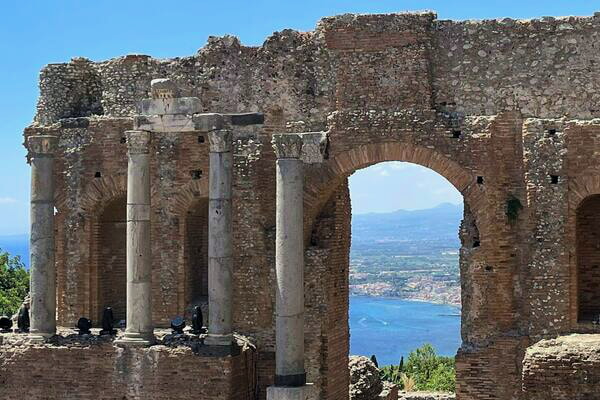
The Ancient Greek Theatre is a remarkable monument that was built in the third century BC. It is a small museum located on the site, and you can visit the theatre for a fee. The museum has nice views of the coast, as well as a souvenir shop.
The cavea portico is the columned portico that you can see from the main entrance. It was originally used as a place to accommodate spectators between acts. For modern performances, seats have been installed.
You can also see the Fontana del Nettuno, which is a statue of Neptune that is caught between Scylla and Charybdis. This is a work of Montorsoli.
Another thing to see in Messina is the Fort of San Salvatore, which was built in 1681. It is set in a park and has been decorated with works by local artists.
The Taormina Film Festival is an annual event that is held every June. This festival draws visitors from all over the world. It is a tribute to actors and artists. It features classics and old favorites, including Orestea. The festival also features a normannisch-arabic Ritterturnier.
Scylla and Charybdis legend
Among the most intriguing Messina legends is the story of Scylla and Charybdis. This mythical pair of sea monsters, who lived in the Strait of Messina, were known to be a major hazard to sailors sailing through the sea. They were known to swallow passing vessels.
Several ancient authors have written about these monsters. Homer, for example, wrote about their existence in his Odyssey. He also mentioned them in his Metamorphoses. The Greek and Roman biographies also mention them.
According to Homer, there were two ferocious sea monsters laying in wait for sailors who crossed the strait. Scylla and Charybdis were known to engulf ships that passed by.
Homer wrote about these two sea monsters in the Odyssey. He also mentioned that ships sailing through the strait were almost certain to be destroyed by one of the monsters.
These two monsters were known to be located on the right and left hand sides of the strait. There was no way a vessel could pass between the two monsters. They were also known to engulf anything that was within reach.
The legend of Scylla and Charybdis also says that sailors should stay away from the strait. They were also known to thrash prey from the decks of ships.
According to Greek myth, Charybdis was a sea nymph who was the daughter of Poseidon and Gaia. She was a ferocious, water-loving creature who was a great help to Poseidon in his war with Zeus. Charybdis was known to swallow a great amount of water and create large whirlpools. She also helped Poseidon engulf lands. Charybdis had a wide mouth and had an uncontrollable thirst for water. She drank from the sea thrice a day to satisfy her thirst.


